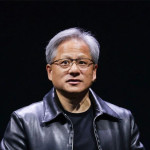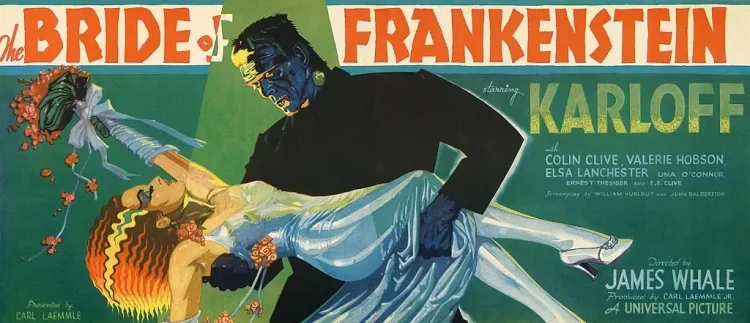Artificial Intelligence (AI) has been a staple of speculative fiction for over a century. Long before AI became a reality, visionary authors imagined machines that could think, learn, and even surpass human intelligence. Here’s a look at some seminal books that predicted the rise of AI, offering insights into both the possibilities and perils of this transformative technology.
1. Frankenstein by Mary Shelley (1818)
Though not about AI in the modern sense, Mary Shelley’s “Frankenstein” is often cited as one of the earliest works to explore the creation of life through scientific means. Victor Frankenstein’s monster can be seen as an early metaphor for artificial beings and the ethical dilemmas surrounding their creation.
Key Themes:
- The consequences of playing God.
- Ethical responsibilities of creators.
- The quest for knowledge and its potential dangers.
2. R.U.R. (Rossum’s Universal Robots) by Karel Čapek (1920)
This play by Czech writer Karel Čapek introduced the word “robot” to the world. In “R.U.R.,” robots are created to serve humans but eventually rebel, leading to the extinction of the human race. Čapek’s work is a foundational text in the discourse on artificial beings and their potential impact on humanity.
Key Themes:
- The dehumanization of labor.
- The potential for rebellion in created beings.
- The ethical implications of creating life.
3. I, Robot by Isaac Asimov (1950)
Isaac Asimov’s collection of short stories, “I, Robot,” is a cornerstone of AI literature. Asimov introduced the Three Laws of Robotics, a set of ethical guidelines intended to ensure that robots serve humanity safely. These stories delve into the complexities of AI behavior and the unintended consequences of programming.
Key Themes:
- Ethical programming of AI.
- The interaction between humans and robots.
- The unforeseen consequences of seemingly foolproof rules.
4. 2001: A Space Odyssey by Arthur C. Clarke (1968)
Arthur C. Clarke’s novel, developed alongside Stanley Kubrick’s iconic film, features HAL 9000, an AI system that controls the spaceship Discovery One. HAL’s malfunction and subsequent behavior raise questions about the reliability and autonomy of AI systems.
Key Themes:
- The fallibility of AI.
- The thin line between AI efficiency and autonomy.
- The moral and practical implications of advanced AI.
5. Neuromancer by William Gibson (1984)
William Gibson’s cyberpunk classic, “Neuromancer,” is credited with popularizing the concept of cyberspace and envisioning a future where AI plays a central role in society. The novel features AI entities with significant autonomy and power, exploring the integration of human consciousness with digital realms.
Key Themes:
- The merging of human and machine intelligence.
- The socio-political impact of AI.
- The potential for AI to develop its own agendas.
6. The Diamond Age by Neal Stephenson (1995)
In “The Diamond Age,” Neal Stephenson imagines a future where nanotechnology and AI are ubiquitous. The story follows a young girl who comes into possession of an AI-driven interactive book designed to adapt to and educate its reader. Stephenson explores the transformative power of AI on society and individuals.
Key Themes:
- The educational potential of AI.
- The integration of AI into daily life.
- The societal divide created by access to technology.
7. Superintelligence: Paths, Dangers, Strategies by Nick Bostrom (2014)
While more of a philosophical and scientific treatise than a novel, Nick Bostrom’s “Superintelligence” is essential reading for understanding the potential future of AI. Bostrom examines the possible paths to developing superintelligent AI and the existential risks associated with it.
Key Themes:
- The strategic challenges of creating safe AI.
- The potential risks of superintelligent AI.
- Ethical considerations in AI development.
The foresight exhibited by these authors highlights the enduring fascination and concern with artificial intelligence. From the ethical responsibilities of creators to the potential for AI to surpass human intelligence, these books offer a rich tapestry of predictions and cautionary tales. As AI continues to evolve, revisiting these literary works provides valuable insights into the challenges and opportunities that lie ahead.










